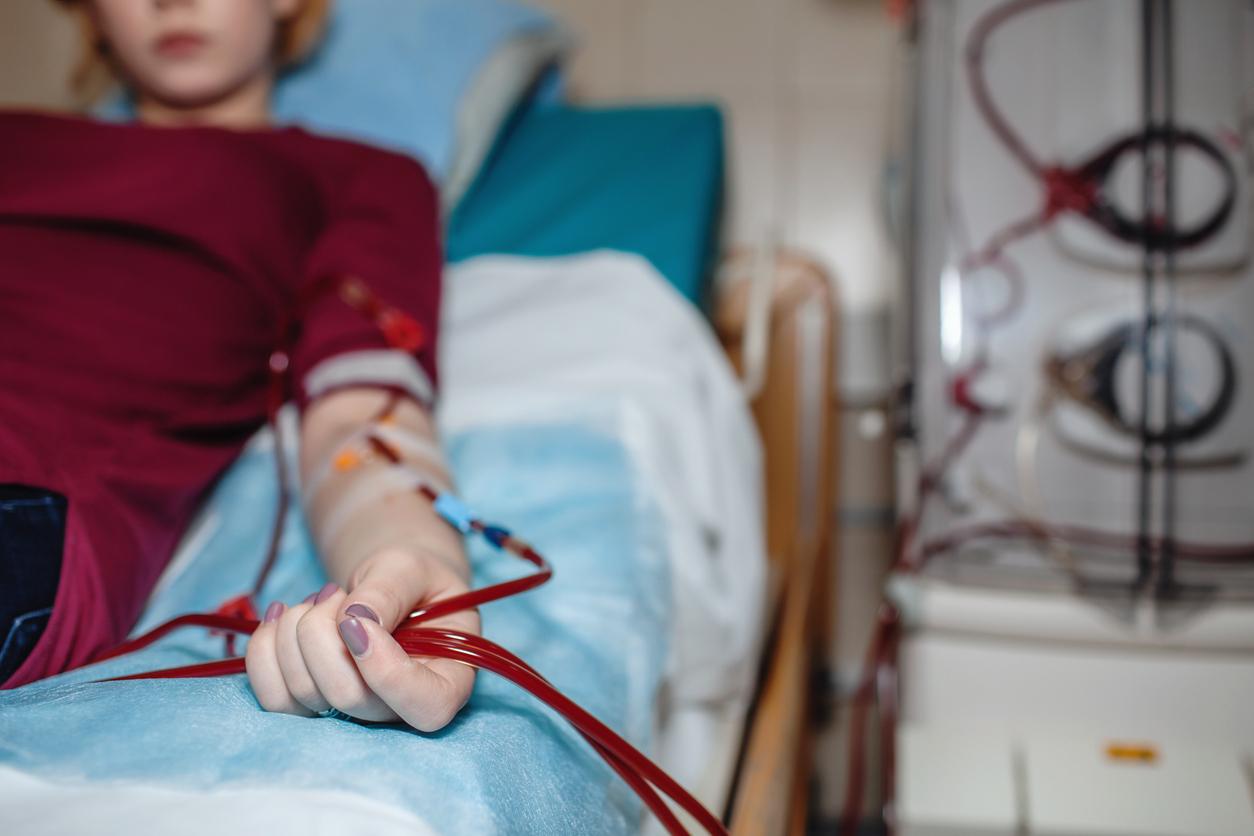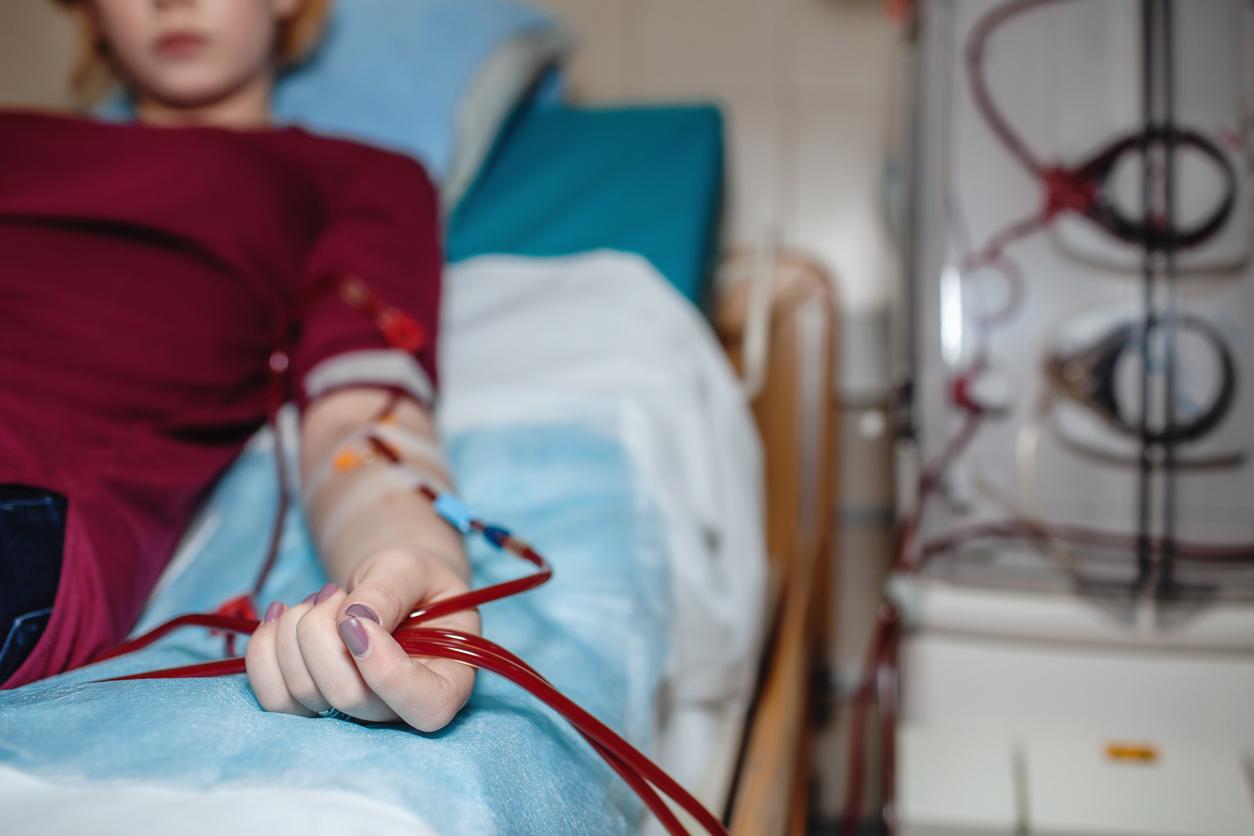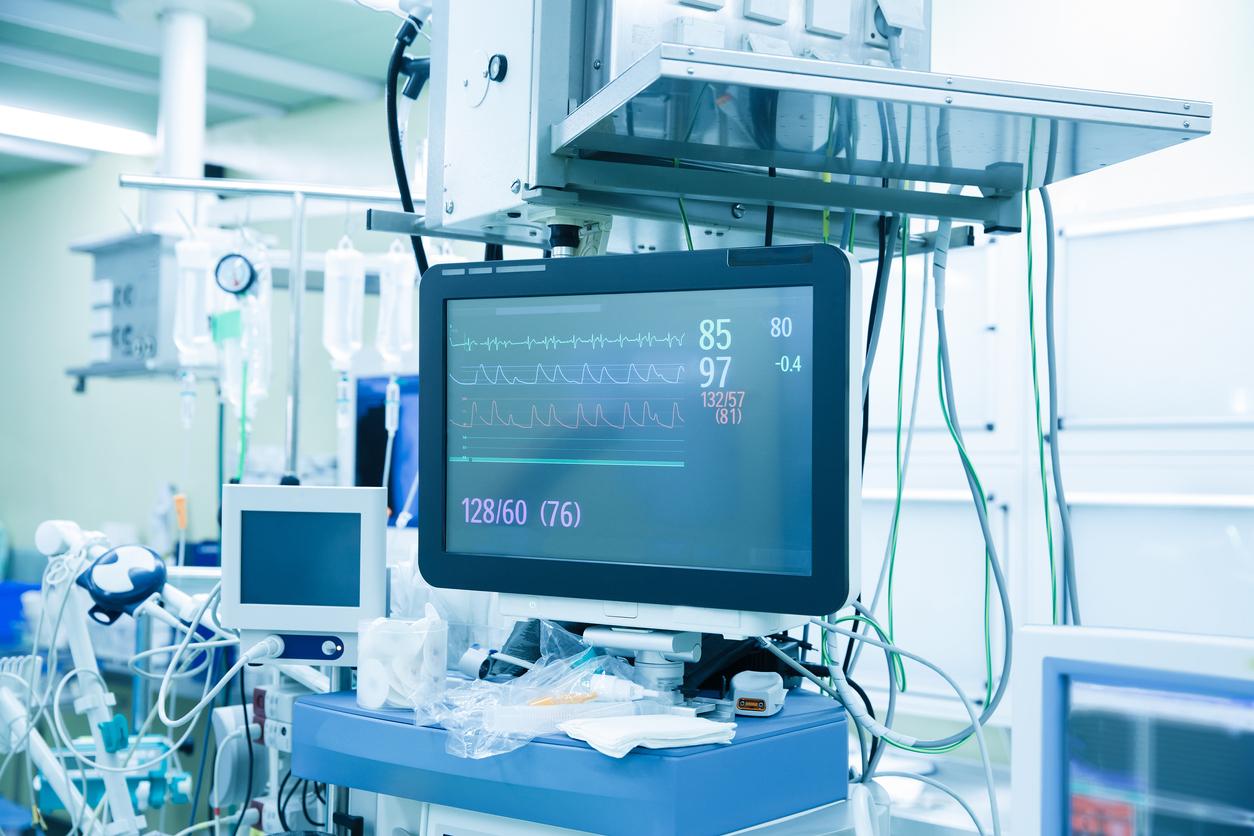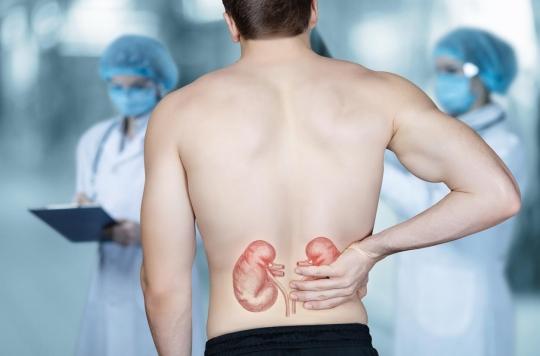A liver dialysis medical device, developed by researchers, has been shown to be safe and effective in treating liver failure.

- In a study, patients with acute and chronic liver failure were treated with dialysis using a new device.
- Dialysis is a method of blood purification.
- The results are promising and give hope of developing this technology for people suffering from this disease.
This is a promising discovery for the treatment of acute and chronic liver failure. Researchers from University College (UCL) in London have carried out the first trial of liver dialysis – a technique to clean the blood of harmful substances, in a hospital setting.
In their studythey indicate that this process was associated with a substantial decrease in symptom severity and improved organ function in a greater proportion of patients with acute and chronic liver failure (ACLF), compared to patients receiving usual care.
Liver failure is caused by several factors
Hepatic insufficiency is defined by the major and global alteration of the functions of the liver, indicates the French Society of Hepatology:
“The main causes of severe hepatitis are viral infection (including the hepatitis E, hepatitis A and hepatitis B viruses mainly) and the voluntary or involuntary intake of medication (including paracetamol first) or drugs. The other causes mainly encountered are an immunological disorder, a hereditary disease (such as an accumulation of copper in the body), and poor vascularization of the liver (dysfunction of the heart, blood clot in a vessel draining the liver). Sometimes no cause is found”.
Liver failure is life-threatening
Worldwide, it is estimated that approximately 100 million people have cirrhosis of the liver (severe liver disease consisting of diffuse and irreversible liver damage) and 10 million the number of people with cirrhosis and an additional complication, recall the authors of the study.
About three million of these people have ACLF, which can lead to a sudden decline in liver function, putting individuals at high risk of short-term death.
In both acute and chronic liver failure, liver cells die and the intestine begins to pass bacteria into the bloodstream, which can lead to an inappropriate immune response and multiple organ failure.
The dialysis device called Dialive, was therefore invented by researchers from the Institute for Liver and Digestive Health at UCL, to tackle these mechanisms which are at the origin of the mortality of patients suffering from this disease. .
Liver dialysis treats twice as many patients as standard treatment
In this study, 32 patients were treated with Dialive or standard therapy for five days. The results, recorded on days 10 and 28, showed that treatment with Dialive was associated with significantly faster reversal of acute and chronic liver failure compared to standard treatment, with ACLF resolving in approximately twice as many of patients.
In addition, dialysis treatment resulted in a significant reduction in endotoxinsmolecules from the wall of certain bacteria, which are released when the bacteria die, and an improvement in the function of thealbuminthe main transporter protein in the blood, the authors point out.
They also found an improvement in biomarkers of systemic inflammation specific to this disease.
Liver dialysis: a promising device for patients
Additionally, despite receiving only three days of treatment, patients whose ACLF resolved remained in remission for 28 days, the authors say:
“I am very pleased to see that this new liver dialysis device shows promise for the treatment of acute and chronic liver failure. The intervention has the potential to transform the care provided to the ever-increasing number of patients and their families who are suffering the effects of living with what is essentially a terminal illness for many. It has the potential to transform the treatment options available to clinicians worldwide for patients with acute and chronic liver failure.“, said Professor Dr Banwari Agarwal, director of the trial.
The next step will be a larger clinical trial which, if successful, could see Dialive approved for clinical use within the next three years.
















